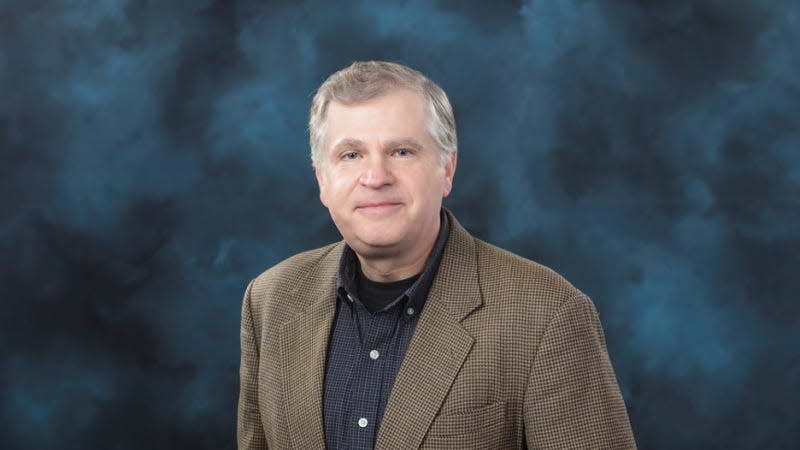Future of fusion energy topic of FORNL talk on Oct. 10
The U.S. Fusion Energy program and the role of Oak Ridge National Laboratory are the topics of the next Friends of ORNL monthly noon lecture meeting on Tuesday, Oct. 10.
The speaker will be Philip B. Snyder, interim director of the Fusion Energy Division at ORNL. His talk is open to the public.
He will deliver his lecture at the UT Resource Center, 1201 Oak Ridge Turnpike. Attendees may bring their own lunch to eat. To view the virtual noon lecture, click on the talk title on the homepage of the www.fornl.org website and then click on the Zoom link near the top of the page describing the lecture.

The goal of the world’s fusion energy programs is to build fusion plants that efficiently produce electrical power. ORNL researchers are involved in the international ITER project, which will be a major step toward that goal. The U.S. government is substantially increasing resources and effort for fusion research as part of a 10-year drive toward practical fusion power.
Today’s nuclear power plants derive energy from splitting heavy atoms. But a future fusion power plant will smash light atoms of hydrogen together, forming helium and high-energy neutrons that will heat a coolant flowing through a blanket. The heated coolant will drive a turbine to make electricity.
Snyder provided this summary of his talk, which is included below.
“Fusion, the process that powers the stars, offers the potential to provide plentiful clean energy here on earth. Realizing this potential presents substantial interrelated physics and engineering challenges. Following substantial progress in scientific understanding, together with important technology developments, the United States has embarked on a bold decadal vision in fusion research, with an aim to develop a fusion pilot plant.
“ORNL has embraced this vision, and is engaged in a rapidly growing, comprehensive fusion research program across key areas including fusion materials, blanket and fuel cycle, enabling technology, and core physics. ORNL is bringing together scientific understanding and advanced materials and technology to enable a full optimization of the fusion system.
“ORNL hosts the U.S. project office for the international ITER project, which is focused on a power plant–scale demonstration of fusion energy. The lab is building the Materials Plasma Exposure eXperiment (MPEX), which will enable efficient tests of materials under fusion conditions.
“ORNL is also engaged with six private companies in the new fusion milestone program, aimed at development of a fusion pilot plant. In addition, ORNL is working with other local institutions to promote the possibility of hosting next-generation fusion facilities in East Tennessee and turning the region into a fusion research hub.”
Snyder's background
Snyder received his B.S. degree in computational physics from Yale University and a Ph.D. in plasma physics from Princeton University. He studied turbulent transport in fusion plasmas and developed a novel model of the edge plasma that enabled discovery of a new high-performance regime known as Super H-Mode. He has published more than 200 peer-reviewed journal articles cited more than 16,000 times.
Snyder is a fellow of the American Physical Society (APS). He has been honored with the International Atomic Energy Agency Nuclear Fusion Award, the APS John Dawson Award for Excellence in Plasma Physics Research and the Rosenbluth Award for Fusion Theory. In 2022 he was named an ORNL Corporate Fellow. He has served on two National Academies committees that address strategy for U.S. fusion research.
This article originally appeared on Oakridger: Future of fusion energy topic of FORNL talk on Oct. 10

